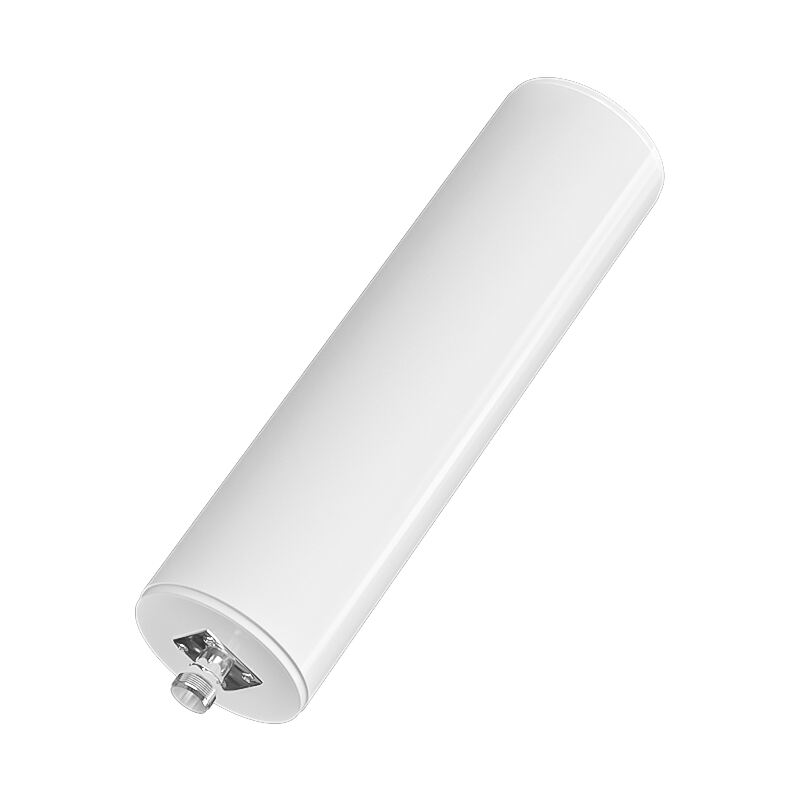omni directional antenna vs directional antenna
Omni directional and directional antennas represent two fundamentally different approaches to wireless signal transmission and reception. Omni directional antennas broadcast signals in a 360-degree pattern, providing coverage in all directions simultaneously. These antennas are designed to distribute signals evenly across a wide area, making them ideal for applications where device location and movement are unpredictable. In contrast, directional antennas focus their signal power in a specific direction, like a beam of light, offering increased range and signal strength within their targeted area. The technology behind omni directional antennas typically involves a vertical radiating element that creates a donut-shaped radiation pattern, while directional antennas use various designs such as Yagi, panel, or parabolic configurations to achieve focused transmission. In practical applications, omni directional antennas are commonly found in mobile devices, home WiFi routers, and public wireless access points where comprehensive coverage is essential. Directional antennas are primarily used in point-to-point communications, long-range wireless links, and situations requiring targeted signal coverage or interference minimization.












